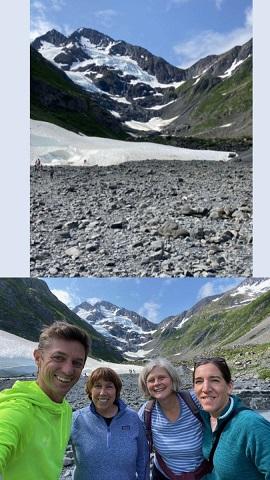
While global warming is leading to ever longer ice-free periods in the Arctic Ocean with concomitant increases in commercial shipping, the potential economic benefits of this activity must be weighed against the challenges of conducting maritime operations in a fragile ecosystem subject to extreme and unpredictable weather conditions, a lack of emergency support and response infrastructure (ERA), and the considerable cost and time required to mobilize if an accident occurs.
Although computer models have been developed to optimize the siting of ERA infrastructure and resources, global warming and climate change will subject suitable sites to increasing risk from rising sea levels and coastal erosion which will also threaten the physical and cultural cohesion of the indigenous communities that will provide the workforce to operate and maintain the bulk of ERA resources. Due to Alaska’s size and geography, the remote communities that will likely serve as ERA resource sites have typically had lower levels of provision for public and private utilities as well as education, public health, and commercial services.
Drawing on previously approved policy and planning documents, the literature on the communities and culture of Arctic indigenous peoples, and direct interactions with stakeholders, on-going research by a team with faculty from Clemson University, North Carolina State University, and University of Alaska, in addition to ISE faculty from Rensselaer, is identifying additional hard and soft infrastructure assets that could be provided concurrently to enhance the resilience of those communities selected as ERA sites. Relatively small, marginal cost investments to protect communities from the impacts of climate change and improve services overall could do much to ensure their long-term availability to the ERA network by preserving and enhancing the physical, social, and cultural cohesion of threatened Alaska Native communities. A mechanism for funding and financing the expansion of ERA infrastructure will also be developed.
This research was funded by a grant from the National Science Foundation.
